Hi how are you?
Continuing from Part 1, in this chapter, please enjoy making sushi at home, as we say “homemade-sushi”. But before that, let me introduce you to some different types of the homemade-sushi as follows,
What Types of Sushi are there?
The common ingredient in all types of sushi is vinegared sushi rice. Fillings, toppings, condiments, and preparation vary widely.
★Chirashizushi

Chirashizushi(scattered sushi), serves the rice in a bowl and tops it with a variety of raw fish and vegetable garnishes. It is commonly eaten because it is filling, fast and easy to make.It is eaten annually on Hinamatsuri(Girl’s Festival) in March.
★Inarizushi
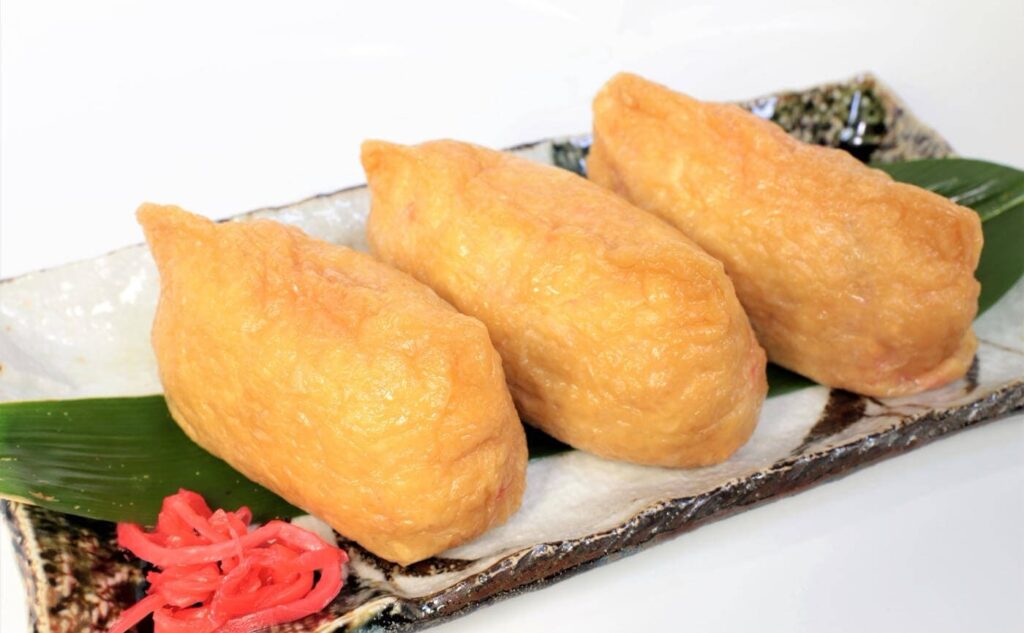
Inarizushi, is a pouch of fried tofu typically filled with sushi rice alone.
Tales tell that inarizushi is named after the Shinto god Inari. Foxes, messengers of Inari, are believed to have a fondness for fried tofu, and an Inari-zushi roll has pointed corners that resemble fox ears.
★Makizushi
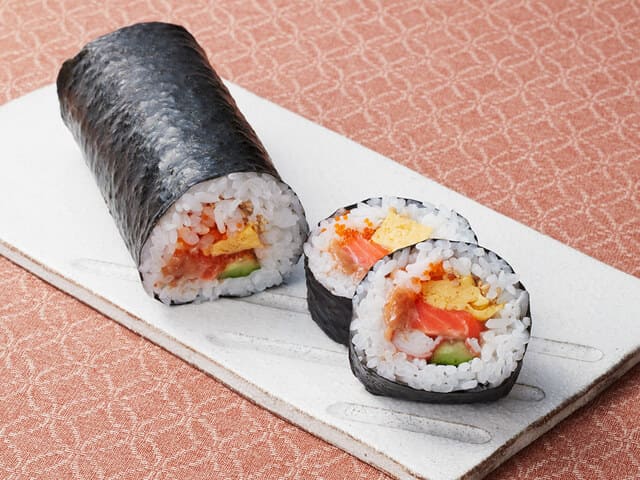
Makizushi (rolled sushi), norimaki (Nori roll) or makimono (variety of rolls) is a cylindrical piece, formed with the help of a bamboo mat known as a (makisu).
Makizushi is generally wrapped in nori (seaweed), but is occasionally wrapped in a thin omelette, soy paper, cucumber, or shiso (perilla) leaves.
Makizushi is usually cut into six or eight pieces, which constitutes a single roll order. Below are some common types of makizushi, but many other kinds exist.
Hosomaki(thin rolls) is a small cylindrical piece, with nori on the outside. A typical hosomaki has a diameter of about 2.5 centimetres (1 in).
They generally contain only one filling, often tuna, cucumber, kanpyō, thinly sliced carrots, or, more recently, avocado.
Kappamaki, (a kind of Hosomaki filled with cucumber, is named after the Japanese legendary water imp fond of cucumbers called the kappa.
Traditionally, kappamaki is consumed to clear the palate between eating raw fish and other kinds of food, so that the flavors of the fish are distinct from the tastes of other foods.
Let’s see, for the moment, the video of “homemade-sushi” here,
★Tekkamaki

Tekkamaki is a kind of hosomaki filled with raw tuna. Although it is believed that the word tekka, meaning “red hot iron”, alludes to the color of the tuna flesh or salmon flesh, it actually originated as a quick snack to eat in gambling dens called tekkaba, much like the sandwich.
Negitoromaki is a kind of hosomaki filled with scallion (negi) and chopped tuna (toro). Fatty tuna is often used in this style.
Temaki (hand roll) is a large cone-shaped piece of nori on the outside and the ingredients spilling out the wide end.
A typical temaki is about 10 centimetres (4 in) long, and is eaten with fingers because it is too awkward to pick it up with chopsticks.
For optimal taste and texture, temaki must be eaten quickly after being made because the nori cone soon absorbs moisture from the filling and loses its crispness, making it somewhat difficult to bite through.
For this reason, the nori in pre-made or take-out temaki is sealed in plastic film which is removed immediately before eating.
Gunkanmaki(warship roll) is a special type of nigirizushi: an oval, hand-formed clump of sushi rice that has a strip of nori wrapped around its perimeter to form a vessel that is filled with some soft, loose or fine-chopped ingredient that requires the confinement of nori such as roe, nattō, oysters, uni (sea urchin roe), corn with mayonnaise, scallops, and quail eggs.
Gunkan-maki was invented at the Ginza Kyubey restaurant in 1941; its invention significantly expanded the repertoire of soft toppings used in sushi.
Oshizushi (pressed sushi), also known as hako-zushi (box sushi), is a pressed sushi from the Kansai region, a favorite and specialty of Osaka.
So let’s see the homemade-sushi, No.1
https://studio.youtube.com/video/GJmEQiNJqDU/edit
Overseas-style sushi
The increasing popularity of sushi around the world has resulted in variations typically found in the Western world, but rarely in Japan. A notable exception to this is the use of salmon, which was introduced by a Norwegian businessman tasked with helping the Norwegian salmon industry in the 1980s.
Such creations to suit the Western palate were initially fueled by the invention of the California roll (a norimaki with crab (later, imitation crab), cucumber, and avocado). A wide variety of popular rolls (norimaki and uramaki) has evolved since.
Norway roll. A Norwegian businessman introduced the use of salmon as a sushi ingredient to Japan in the 1980s.
Norway roll is another variant of uramakizushi filled with tamago (omelette), imitation crab and cucumber, rolled with shiso leaf and nori, topped with slices of Norwegian salmon, garnished with lemon and mayonnaise.
★American-style makizushi

Futomaki is a more popular variation of sushi within the United States, and comes in variations that take their names from their places of origin. Other rolls may include a variety of ingredients, including chopped scallops, spicy tuna, beef or chicken teriyaki roll, okra, and assorted vegetables such as cucumber and avocado, and the tempura roll, where shrimp tempura is inside the roll or the entire roll is battered and fried tempura-style.
In the Southern United States, many sushi restaurants prepare rolls using crawfish. Sometimes, rolls are made with brown rice or black rice, which appear in Japanese cuisine as well.
Per Food and Drug Administration regulations, raw fish served in the United States must be frozen prior to serving in order to kill parasites. Because of this and the relative difficulty of acquiring fresh seafood compared to Japan, raw seafood (e.g., sashimi) is not as prevalent a component in American-style sushi.
We have another video of homemade-sushi as follows, please have fun
What about nutrition of the homemade-sushi?
The main ingredients of traditional Japanese sushi, raw fish and rice, are naturally low in fat, high in protein, carbohydrates (the rice only), vitamins, and minerals, as are gari and nori. Other vegetables wrapped within the sushi also offer various vitamins and minerals.
Many of the seafood ingredients also contain omega-3 fatty acids, which have a variety of health benefits. The omega-3 fatty acids found in fish has certain beneficial property, especially on cardiovascular health, natural anti-inflammatory compounds, and play a role in brain function.
Generally sushi is not a particularly fattening food. However, rice in sushi contains a fair amount of carbohydrates, plus the addition of other ingredients such as mayonnaise added into sushi rolls might increase the caloric content. Sushi also has a relatively high sodium content, especially contributed from shoyu soy sauce seasoning.
Shall we enjoy Sushi tonight, which do you prefer Sushi shop or at home?
Finally, we have a similar blogs ““Sushi , Exploring the Origins and Cultural Significance of Sushi & Revolving Sushi restaurant“” being well worth to visit, thanks


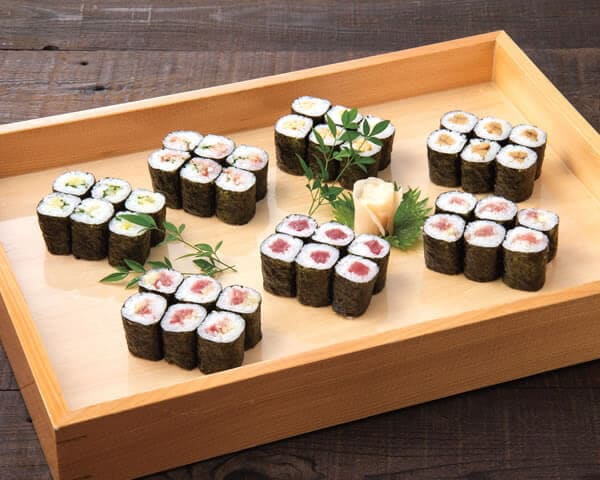
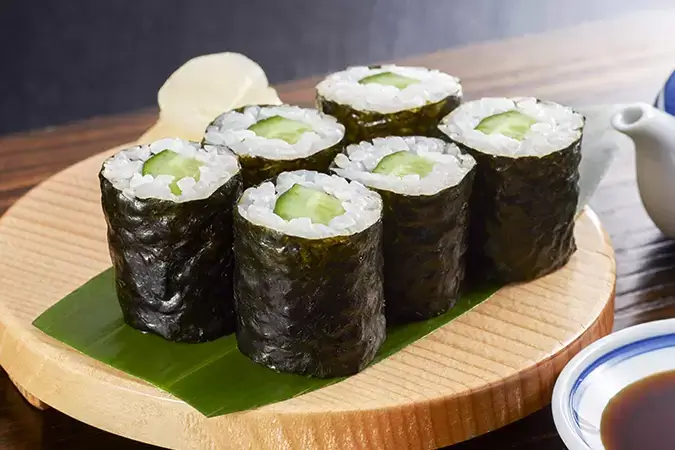

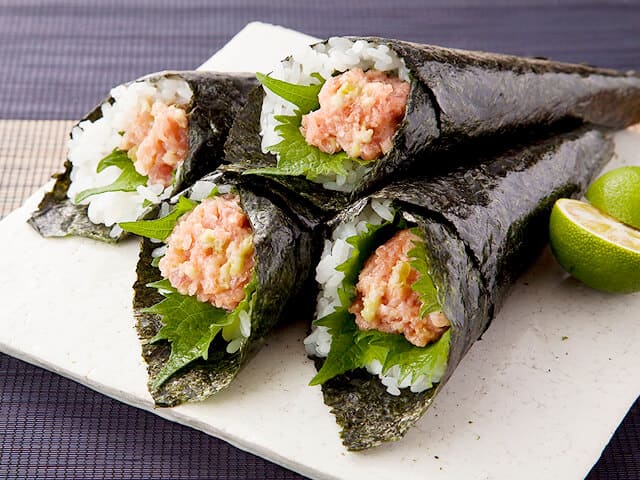

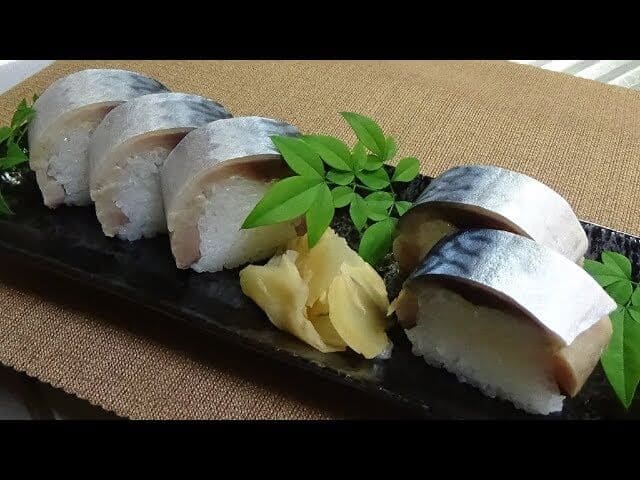
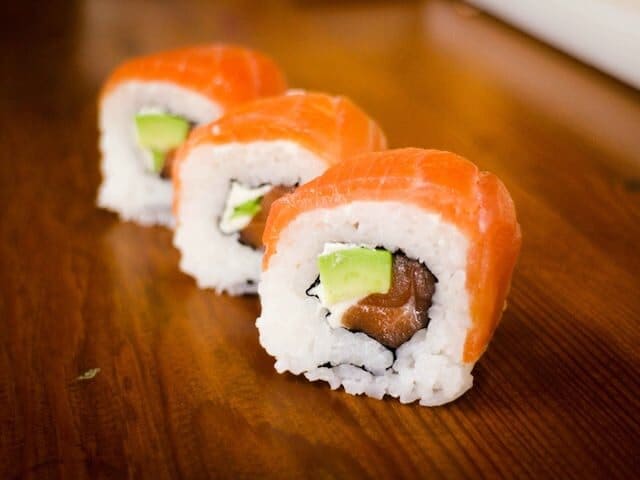


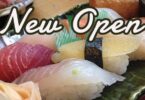
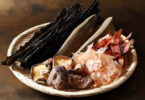


Leave a Comment